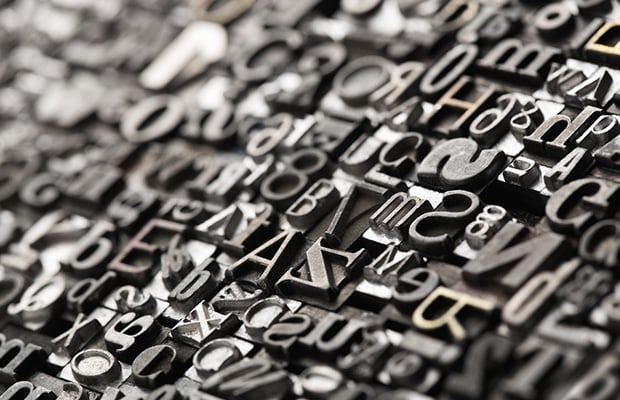Capacitive Coupling?
I'm doing research on wireless power transfer for my coursework and needed some help understanding the concept of capacitive coupling.
Are the transmitter and receiver the two conductors? How does the electric field between them induce a current in the receiver? Or have I got it wrong and something else induces the current?
Any help is appreciated, thank you.
Are the transmitter and receiver the two conductors? How does the electric field between them induce a current in the receiver? Or have I got it wrong and something else induces the current?
Any help is appreciated, thank you.
Original post by ukw
I'm doing research on wireless power transfer for my coursework and needed some help understanding the concept of capacitive coupling.
Are the transmitter and receiver the two conductors? How does the electric field between them induce a current in the receiver? Or have I got it wrong and something else induces the current?
Any help is appreciated, thank you.
Are the transmitter and receiver the two conductors? How does the electric field between them induce a current in the receiver? Or have I got it wrong and something else induces the current?
Any help is appreciated, thank you.
Electrons are all individual mobile force carriers and that force acts over a distance by interacting with other charge carrying particles. i.e. other electrons and protons.
When electrons are in proximity with one another, they will repel each other. Similarly, they will be attracted to opposite charged proton particles.
When two conductors are brought into close proximity but with a separating insulator between them (known as a dielectric such that the electrons cannot bridge the insulator to create a current flowing between the conductors), the charge force between the electrons will repel and they will move apart.
In this way a net positive charge (deficit of electrons) builds up on the conductor surfaces closest to each other. The bulk movement of electrons in both conductors is the result of that coupling which creates a voltage 'pressure' (voltage = joules per coulomb of charge measured between the conductors). It's that induced potential voltage difference which acts as the e.m.f. to drive current in the circuits connected to the respective conductors in proximity. In this way the electric field (voltage potential) acting between the conductors is created and is a measure of the potential energy stored by the bulk charge force acting between conductors on opposite sides of the dielectric.
NB Do not refer to capacitor plates as transmitters and receivers as this confuses their action with electromagnetic wave propagation over a distance which is a different concept.
Original post by uberteknik
Capacitors work through inductive coupling:
Electrons are all individual mobile force carriers and that force acts over a distance by interacting with other charge carrying particles. i.e. other electrons and protons.
When electrons are in proximity with one another, they will repel each other. Similarly, they will be attracted to opposite charged proton particles.
When two conductors are brought into close proximity but with a separating insulator between them (known as a dielectric such that the electrons cannot bridge the insulator to create a current flowing between the conductors), the charge force between the electrons will repel and they will move apart.
In this way a net positive charge (deficit of electrons) builds up on the conductor surfaces closest to each other. The bulk movement of electrons in both conductors is the result of that coupling which creates a voltage 'pressure' (voltage = joules per coulomb of charge measured between the conductors). It's that induced potential voltage difference which acts as the e.m.f. to drive current in the circuits connected to the respective conductors in proximity. In this way the electric field (voltage potential) acting between the conductors is created and is a measure of the potential energy stored by the bulk charge force acting between conductors on opposite sides of the dielectric.
NB Do not refer to capacitor plates as transmitters and receivers as this confuses their action with electromagnetic wave propagation over a distance which is a different concept.
Electrons are all individual mobile force carriers and that force acts over a distance by interacting with other charge carrying particles. i.e. other electrons and protons.
When electrons are in proximity with one another, they will repel each other. Similarly, they will be attracted to opposite charged proton particles.
When two conductors are brought into close proximity but with a separating insulator between them (known as a dielectric such that the electrons cannot bridge the insulator to create a current flowing between the conductors), the charge force between the electrons will repel and they will move apart.
In this way a net positive charge (deficit of electrons) builds up on the conductor surfaces closest to each other. The bulk movement of electrons in both conductors is the result of that coupling which creates a voltage 'pressure' (voltage = joules per coulomb of charge measured between the conductors). It's that induced potential voltage difference which acts as the e.m.f. to drive current in the circuits connected to the respective conductors in proximity. In this way the electric field (voltage potential) acting between the conductors is created and is a measure of the potential energy stored by the bulk charge force acting between conductors on opposite sides of the dielectric.
NB Do not refer to capacitor plates as transmitters and receivers as this confuses their action with electromagnetic wave propagation over a distance which is a different concept.
Thank you very much for your help, it is greatly appreciated.
Quick Reply
Related discussions
- Physics Question help
- Physics A-Level AQA
- A level physics Capacitance question (3)
- Hard Capacitor Question AQA A Level Physics
- RLC circuit
- Examen capacitate clasa a 8-a și GCSE
- Unit 1 engineering design for hnc... Ideas
- HNC electrical engineering
- physics online videos
- Physics OCR A-level PAG 9.2
- HNC engineering 'integration'
- Capacitance
- Capacitors
- A level Physics Capacitance question (1)
- Engineering maths help
- need help please!
- AQA A Level Physics Paper 2 7408/2 - 10 Jun 2022 [Exam Chat]
- Hnc electrical engineering maths question
- Hypothesis Testing
- Capacitance Derviation mystery




